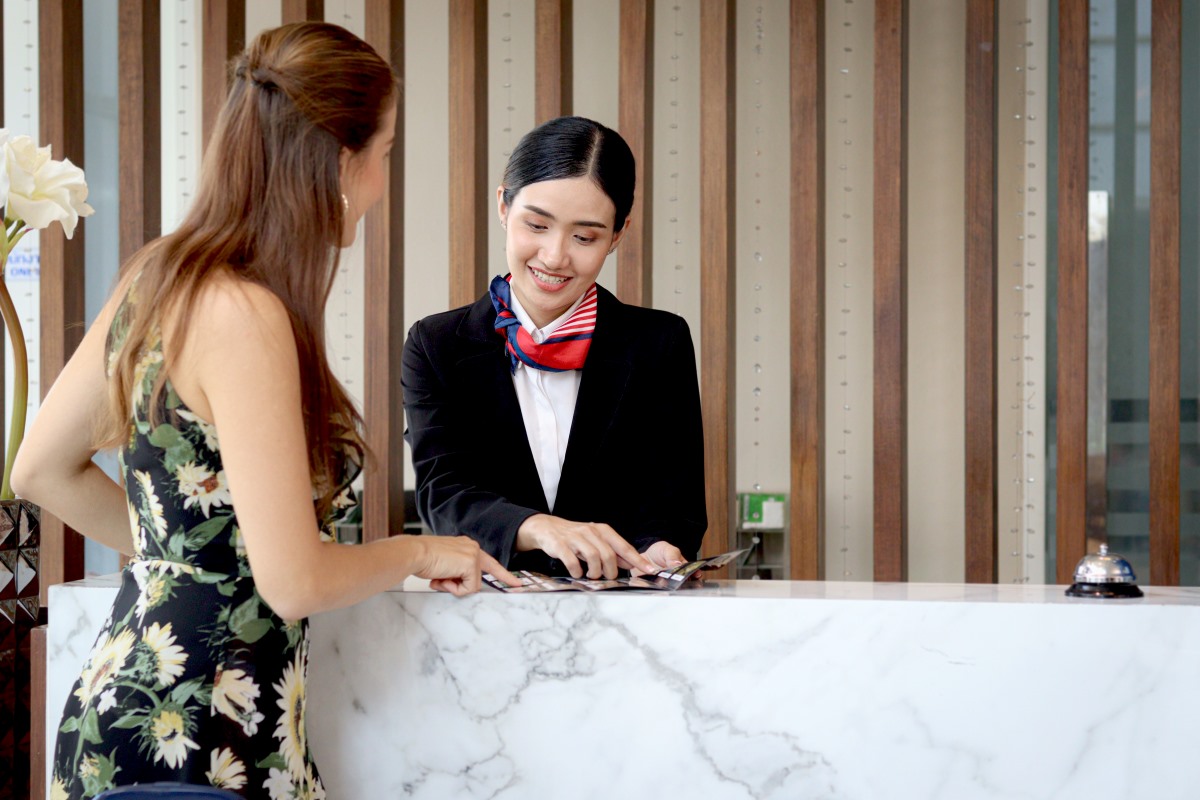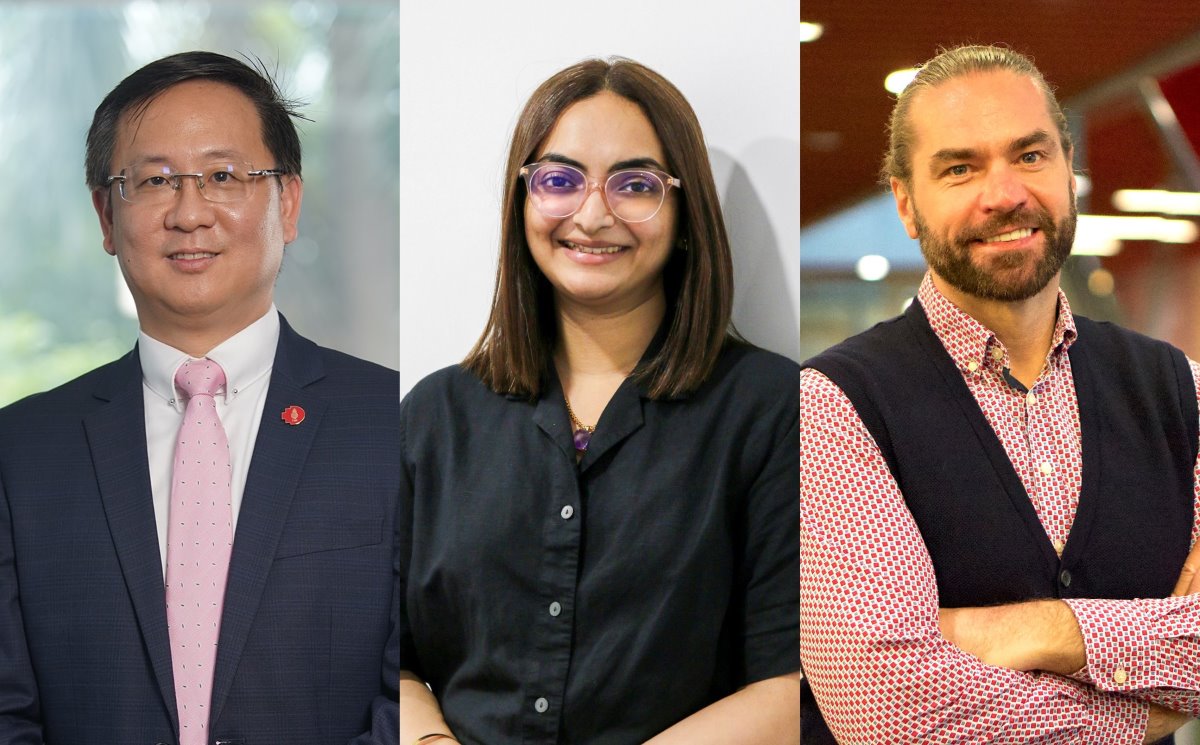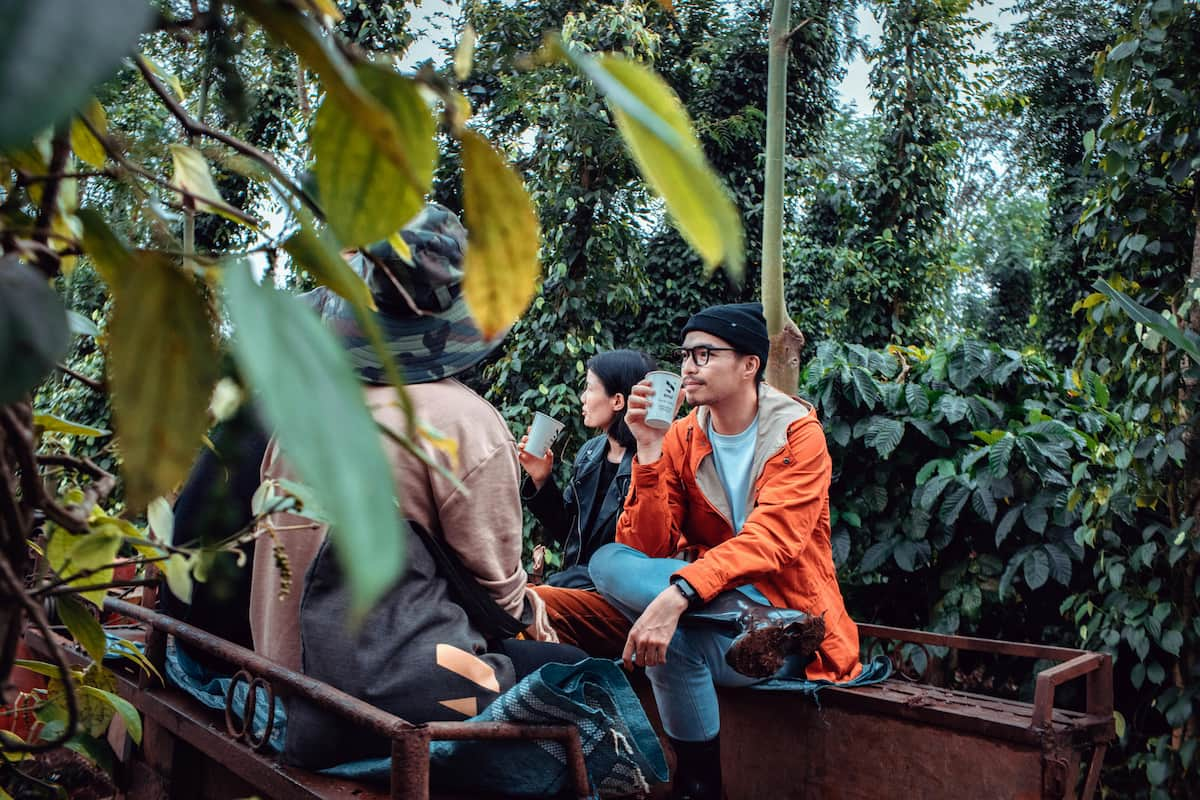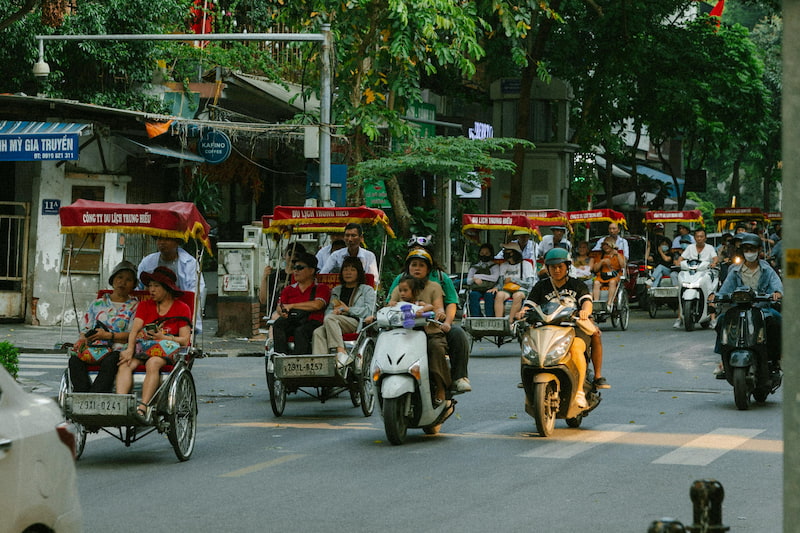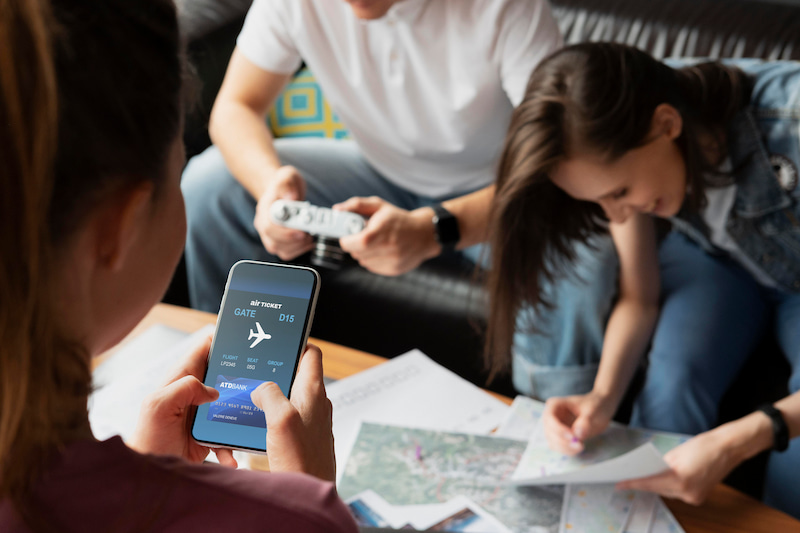The emergence of smart tourism service ecosystems is rapidly redefining how destinations operate. These systems, built on real-time data, smart infrastructure, and digital platforms, are designed to enhance user experience through hyper-personalisation and predictive services. In practice, a tourist in Ho Chi Minh City can now receive dining recommendations via AI, book local tours with a chatbot, and enter their hotel room with facial recognition.
While these innovations reduce friction, they may also diminish the role of human interaction, which remains a cornerstone of Vietnamese hospitality.
A study by Alonso et al. (2024) on tech adoption in Vietnamese restaurants revealed a tension between technological advancement and customer expectations. Many business owners acknowledge AI’s benefits in efficiency and data management but also fear losing the “human touch” that distinguishes Vietnamese service culture.
This is especially relevant given the demographic shifts in Vietnam’s consumer base. Gen Z, who make up a large share of domestic travellers and online consumers, are tech-savvy and convenience-oriented. Yet even among this digitally native generation, there is a strong preference for brands that reflect authenticity, social values, and human warmth.
Associate Professor Agnis Stibe from the Business Innovation department at The Business School of RMIT University Vietnam believes the future of Vietnam’s tourism and hospitality sector hinges on the purposeful unification of human capabilities with artificial intelligence.
He points out that when AI is designed to amplify – rather than overshadow – the cultural hallmarks of Vietnamese hospitality, such as the famed “Vietnamese smile”, it fosters superior guest experiences that are both efficient and deeply memorable.
“The real success will come when innovation is embraced not as a substitute for human warmth, but as a way to strengthen it, ensuring that Vietnam’s tourism remains both cutting-edge and soulfully genuine,” Associate Professor Stibe says.
For example, at a prominent five-star hotel in Singapore, the check-in process is automated – guests use self-check-in kiosks, while AI handles room allocation based on guest profiles and past preferences. A married couple might be assigned a room with a king-sized bed, while business travellers are given rooms with dedicated workspaces. But even with this tech-forward system, front office staff remain present in the lobby to offer help, answer questions, and connect with guests. That human presence adds a small touch that makes the experience feel personal, not transactional.

